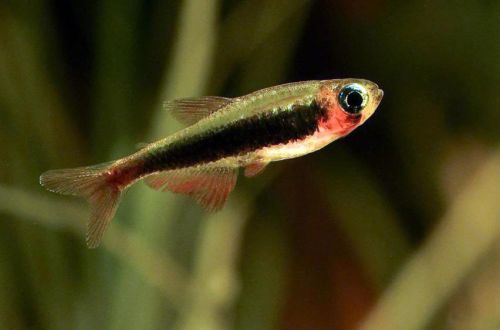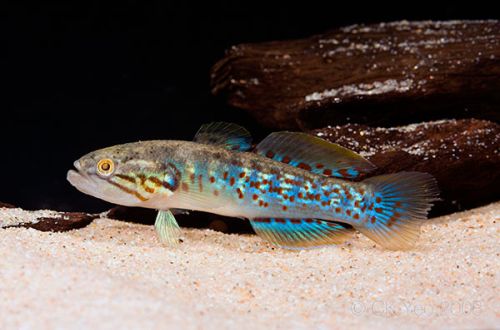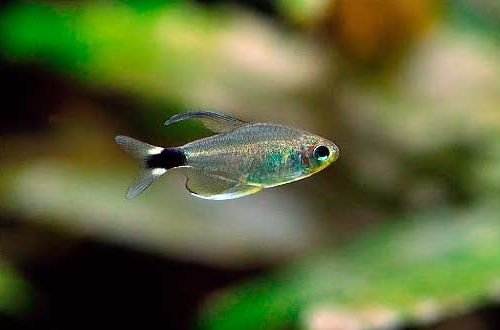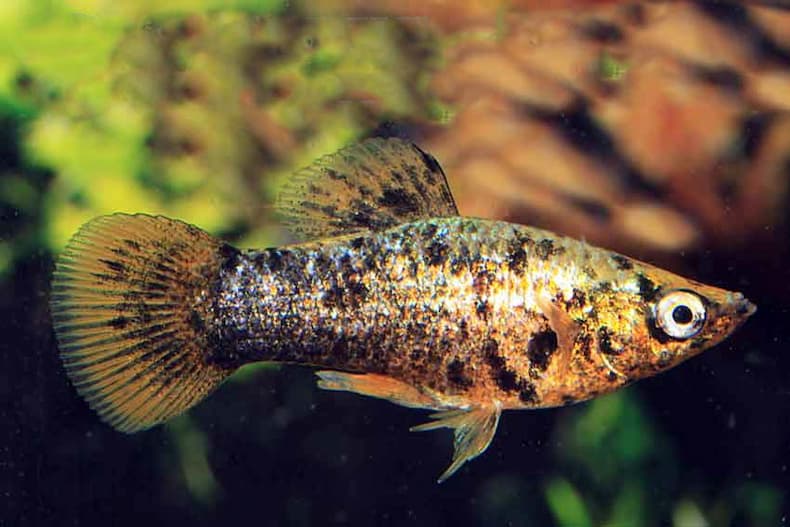
Mollies marble
Molliesia marble, English trade name Molly Marble. The name is the designation of a color variation, and not a specific breed, which is inherent in some breeding forms of Velifera Molliesia, Latipin Molliesia, Sphenops Molliesia and their hybrids.

A characteristic feature of the color is numerous, sometimes merging with each other, black specks of irregular shape on a light white and / or yellowish background. In this case, the black pigment prevails over the other colors.
It is by the number of dark specks that this color form is distinguished from a similar variation – Dalmatian Mollies, whose body is also covered with black dots, but their number is not so significant and in aggregate they occupy less than half of the surface.
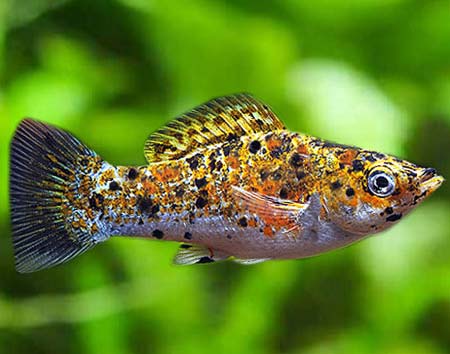
Brief information:
- The volume of the aquarium is from 100–150 liters.
- Temperature – 21-26°C
- Value pH — 7.0–8.5
- Water hardness – medium to high hardness (15-35 GH)
- Substrate type – any
- Lighting – any
- Brackish water – acceptable in a concentration of 10-15 gr. salt per liter of water
- Water movement is weak
- The size of the fish is 12–18 cm.
- Nutrition – any feed with herbal supplements
- Temperament – peaceful
- Content alone, in pairs or in a group
Contents
Maintenance and care, arrangement of the aquarium
Depending on the species, the size of an adult can vary from 12 to 18 cm, so a spacious aquarium of at least 100–150 liters should be provided. This volume is enough for 3-4 fish, subject to regular maintenance and uninterrupted operation of the filtration system.
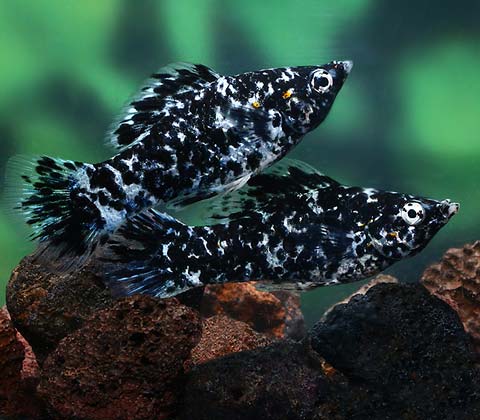
In the design, a key place is given to plants. Dense thickets will be a great place for shelters. Subdominant males, females during spawning, and fry that have appeared will find shelter in them. In addition, plants will serve as a supplement to the diet. Mollies tend to bite off the tender parts of the sprouts, for this reason it is desirable to purchase fast-growing, unpretentious varieties.
Marble mollies prefer slightly alkaline water with high values of total hardness. Able to live in an environment with moderate salinity. It is worth noting that over the years, selections have successfully adapted to other conditions, for example, to a long stay in soft water.
Food
It is considered an omnivorous species. The popular dry food in the form of flakes and granules can become the basis of a daily diet. It is advisable to purchase foods rich in herbal supplements, or specialized products for Mollies produced by many manufacturers. In the latter case, plant damage will be minimal.
Behavior and Compatibility
Peaceful friendly fish that will be a great addition to the community of the same non-aggressive species. It is worth noting that males are sometimes very active in courting females and can cause her inconvenience. Although the presence of hiding places can protect them from undue attention, nevertheless, for small aquariums, it is recommended to purchase a harem-type group with one male and several females.
Breeding / breeding
Breeding is quite simple. In favorable conditions, the fish regularly give offspring. The only difficulty that a novice aquarist may encounter is the predation of adult fish in relation to their own offspring. In an overcrowded aquarium, insufficient feeding and no shelter, the number of fry that reach maturity will not be large. If you plan to keep the entire brood, then it should be transplanted into a separate tank.



